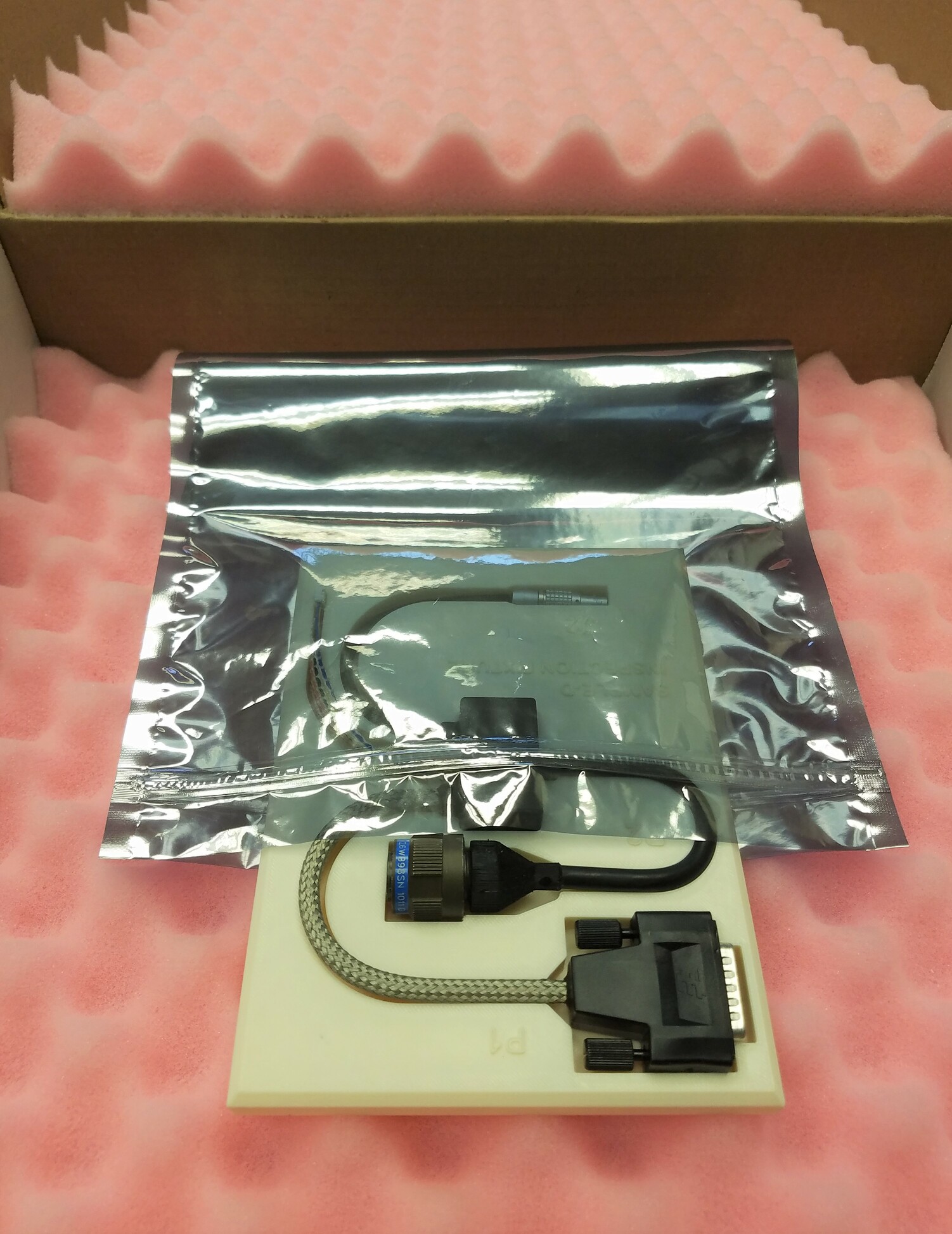The global light rail industry is forecasted to reach $4.97 billion by 2026, growing at an annual rate of 9.8%. While Europe continues to maintain the highest market growth, the recent rise in light rail passengers across major U.S. cities has led to approvals for light rail extension projects throughout the country — expecting to drive market growth even further. Light rail vehicles produced by companies like Bombardier, Siemens, Kawasaki, Hitachi, Alstom, Ansaldo, and others are expanding across the nation due to advancements in areas like noise reduction, comfort and safety.
With this in mind, OEMs serving the light rail industry have a unique opportunity to penetrate the light rail market. Purchasing managers within the light rail industry select projects based on 3 key factors — all of which OEMs should deliver on in order to effectively win the project during the bidding process:
- Value-based pricing (evaluations based on overall benefits perceived by customers, rather than simply according to competitors or historical prices)
- Superior customer service
- Investments in quality control and technology
By employing strategic sourcing and strategic purchasing practices, OEMs can effectively design, produce, and deliver safe and efficient systems to light rail transportation customers.
Value-Based Pricing: The Case for a Strategic Approach
OEMs should plan to implement strategic sourcing techniques to appeal to light rail suppliers. Strategic sourcing plans can facilitate transportation suppliers forming multi-year contracts with third-party vendors, which allows the OEMs to dedicate more resources to marketing, product design, and integration while specialists assemble the nuts and bolts of their products.
Bringing in strategic suppliers to handle sub-assembly production also allows OEMs to focus on the best new practices and customer-specific goals. Strategic procurement strategies benefit the bottom line. Because third-party manufacturers have lower cost structures, cutting-edge manufacturing technologies, commodity-specific expertise, and also serve multiple clients, each individual assembly they make typically costs far less compared to parts assembled in-house. When factoring in life-cycle costs such as overhead support and warranty returns, the savings are even greater.
Meeting Demands for Superior Customer Service
Light rail OEMs depend on suppliers not just for reliable manufacturing services, but also to effectively manage their supply chain. This is where superior customer service and technology service start to blend: many OEMs are looking for suppliers whose processes and IT systems can create a seamless, end-to-end supply chain management system.
In addition to this technology, the following customer service factors are critical:
- Timely status reports
- Fast, accurate solutions to inquiries
- Creative and collaborative problem solving
- Nimble and rigorous configuration management, including audit and compliance support
Supporting Complex Systems with Quality Control & New Technology
An influx of funding in public transit has spurred innovation in the light rail industry and the technologies it uses. Cloud-based systems such as the Internet of Things (IoT) allow rail companies to gather data from smart sensors, and machine-to-machine (M2M) learning provides more efficient response times. With more timely information, intelligent apps increase customer satisfaction by providing real-time and accurate views of delays or changes to scheduling, making rail transit a more viable option for urban commuters. Suppliers that successfully compete in the rail industry implement the following while demonstrating a command over the complex systems described above:
- Integrate with the latest advances in production, including automation, Six Sigma methodology and lean manufacturing processes
- Comply with the most stringent standards and requirements (ISO 9001, AS9100 and NADCAP AC)
- IT systems that are easily customizable to accommodate evolving requirements
Improve Your Supply Chain Network with Liberty Electronics
Liberty Electronics has developed cutting-edge electronic solutions for OEMs working with the transit industry for decades. Our high-quality electrical cable assemblies, wire harnesses, and box builds have appeared in cities across the country and around the world, and our dedicated team of technicians and professionals will work with you to help design and build the assemblies that you need.
At Liberty Electronics, we’re wired for your success. If you would like to know more about what Liberty Electronics has to offer for the light-rail industry, contact us today and sign up for our informative newsletter.
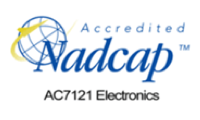

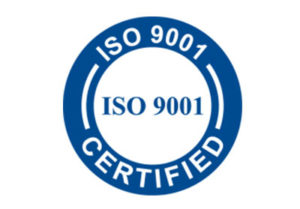
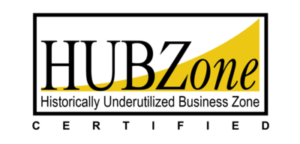






![Liberty Electronics® Right Cable Harness Thumbnail Liberty | How the Right Contract Manufacturer Benefits OEMs [Video], Liberty Electronics®](https://blog.libertyelectronics.com/wp-content/uploads/2022/05/Right-Cable-Harness-Thumbnail-Liberty.jpg)


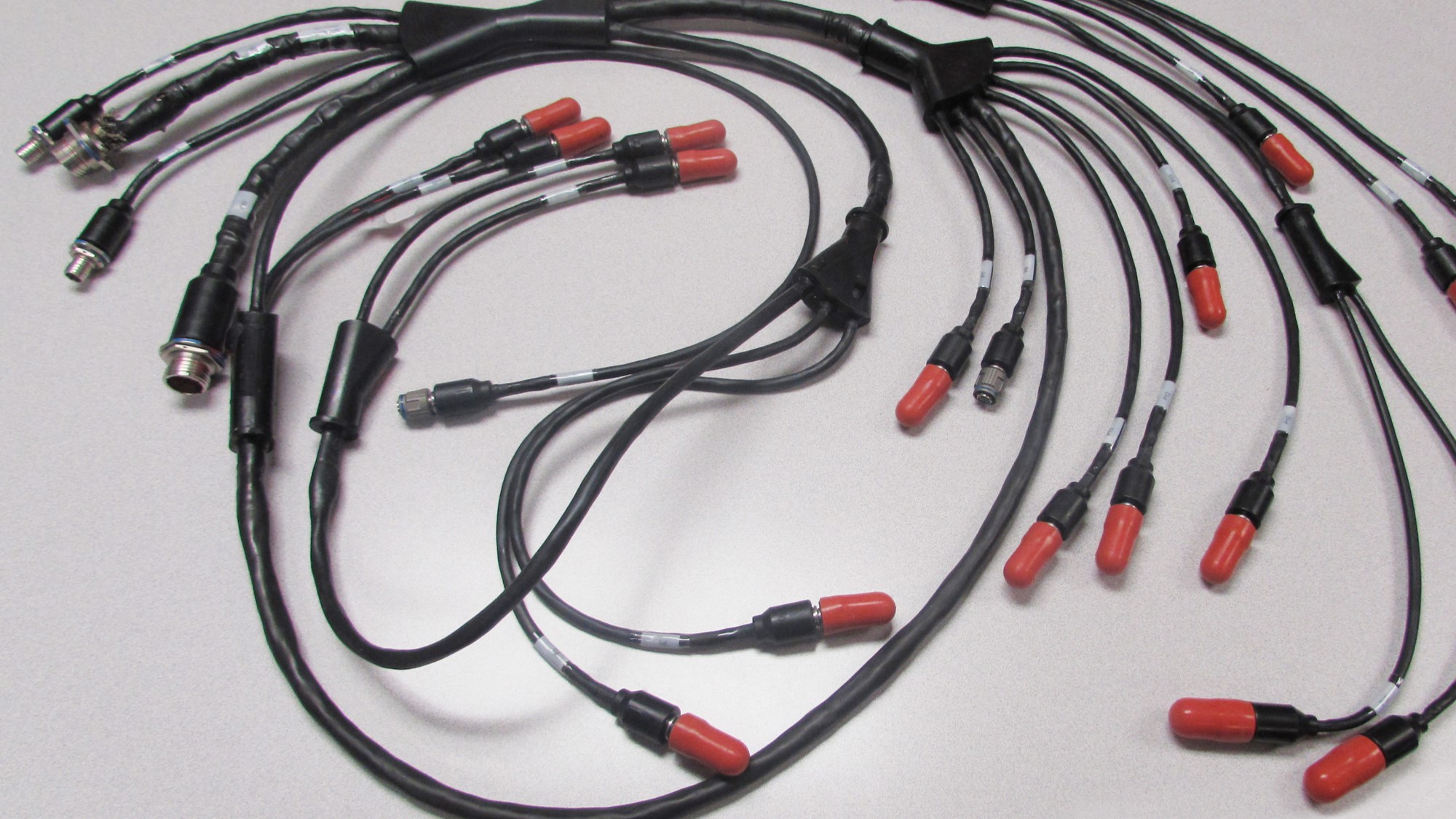

![Liberty Electronics® liberty case study page | How to Successfully Switch Suppliers [Video], Liberty Electronics®](https://blog.libertyelectronics.com/wp-content/uploads/2022/04/liberty-case-study-page.jpg)
![Liberty Electronics® supply chain | How to Successfully Switch Suppliers [Video], Liberty Electronics®](https://blog.libertyelectronics.com/wp-content/uploads/2022/05/supply-chain.png)
![Liberty Electronics® 2020 09 28 11 41 12 Benefits of a Relationship Minded Supplier Video | Benefits of a Relationship-Minded Supplier [Video], Liberty Electronics®](https://blog.libertyelectronics.com/wp-content/uploads/2022/05/2020-09-28-11_41_12-Benefits-of-a-Relationship-Minded-Supplier-Video.png)
